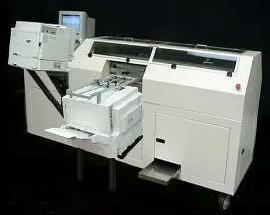 Via Mick Rooney’s print on demand blog comes news of the Espresso Book Machine – a print on demand book machine that can print up books in-store. The implications for the self-publishing industry are huge, as the main problem for print on demand books is the inability to find its way into bookstores. This way book buyers will be able to buy a print on demand book when they make a purchase.
Via Mick Rooney’s print on demand blog comes news of the Espresso Book Machine – a print on demand book machine that can print up books in-store. The implications for the self-publishing industry are huge, as the main problem for print on demand books is the inability to find its way into bookstores. This way book buyers will be able to buy a print on demand book when they make a purchase.
The problem is that print on demand books will still face some of the same problems they’re facing today. The problem with POD currently is not that the books are unavailable because a POD book can generally be purchased at any Barnes and Noble or Border’s if you have a basic distribution package. The difference with the EBM is that the book will be able to be printed in-store, rather than having to wait for a book to be printed off site and shipped to the bookstore – a process that can take weeks.
So in that regard the EBM is a great development. However, what this doesn’t do allow a book buyer to thumb through the book before buying, as the book is not necessarily going to be on the bookstore’s shelves – the same problem as it exists today. The reason that POD books don’t find sales is because shoppers don’t get the opportunity to thumb through a book – to really feel what it would be like to read and to own a book. It is much more difficult to get a shopper to buy a book sight unseen, via a review, than it is in-store.
So the EBM doesn’t solve this problem. What it could do though is legitimize self-publishing to a greater degree. If more and more books are published print on demand, the more POD will lose its stigma. It may also allow mainstream publishing to take greater chances on “unmarketable” writers, as a publisher does not stand to lose as much money on a book that is not subject to a print run. These are major developments and why the EBM could very well revolutionize both the self-publishing and traditional publishing industries.
Here is the Espresso Book Machine in action:
The Future of Book Printing
We are at a kind of horseless carriage stage with this type of book printing and one could easily imagine a future where the majority of books – even bestsellers – are printed POD. Not only will this save a publisher on printing up unsold books, but it is better for the environment, as less paper is being wasted. Given people’s new – and probably enduring – environmental and economic awareness, it is quite conceivable that publishers will want to follow this model – so long as the printing is high-quality and fast.
A bookstore, then, would just have example copies of books, rather than copies of books that you actually buy. Does this solve the problem of POD books not ending up in bookstores? Hardly, no. There is no way that a bookstore could shelve the thousands upon thousands of print on demand books, nor every book that has ever been in print via traditional methods. So bookstores would have to adopt other methods for book buyers to peruse titles. An in-store ebook reader does make sense, as shoppers would be able to read a few pages of a book before making a purchase. But this precludes people being comfortable with ebooks – which is quite possible for similar reasons (economics and environmental awareness). Even so, shoppers will have to know about a book to look it up via an ebook reader or to get it printed up, so the problems with marketing a self-published book will still remain.
That said, the Espresso Book Machine could revolutionize how people buy books and how people regard print on demand, so it is a significant development for publishing on the whole.
Get an Editorial Review | Get Amazon Sales & Reviews | Get Edited | Publish Your Book | Enter the SPR Book Awards | Other Marketing Services





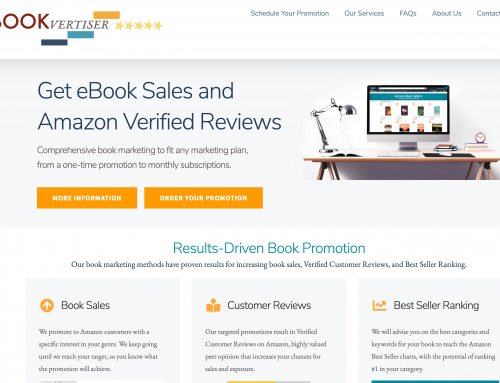





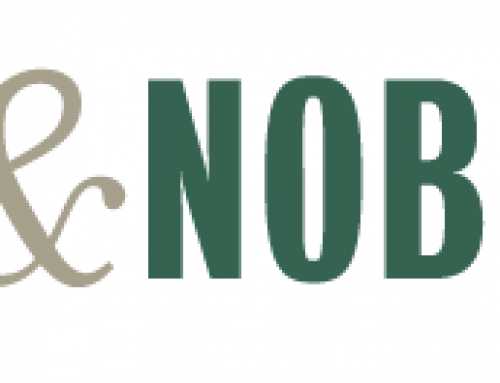
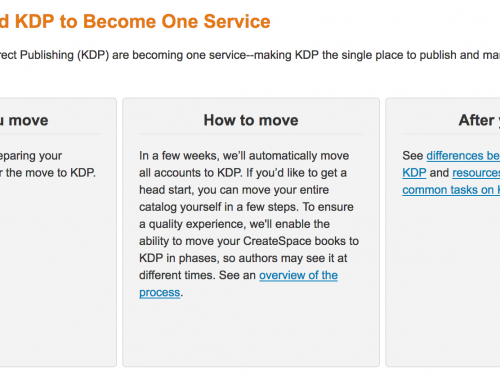

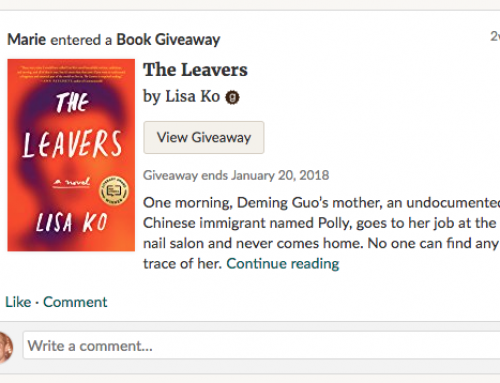
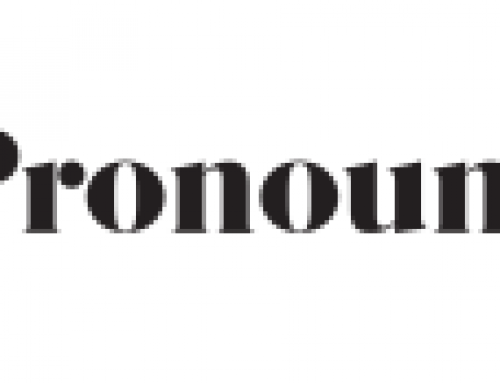
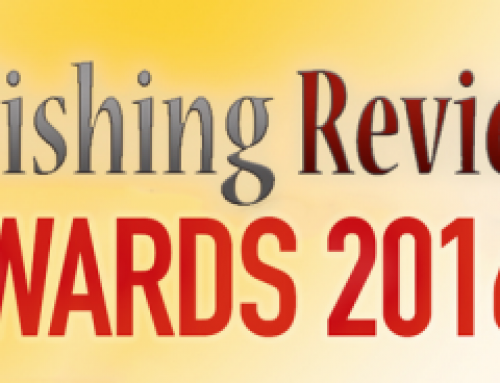
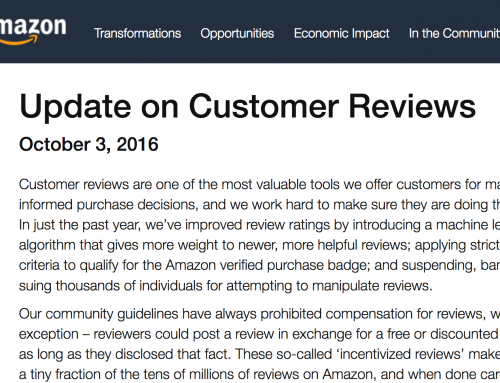
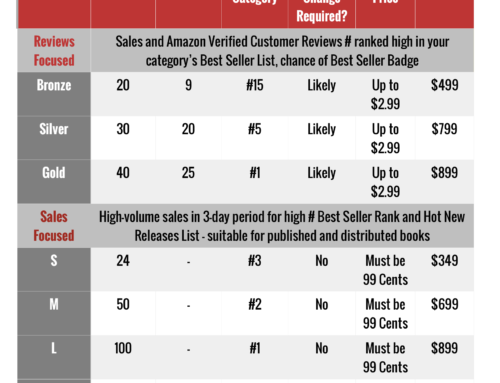
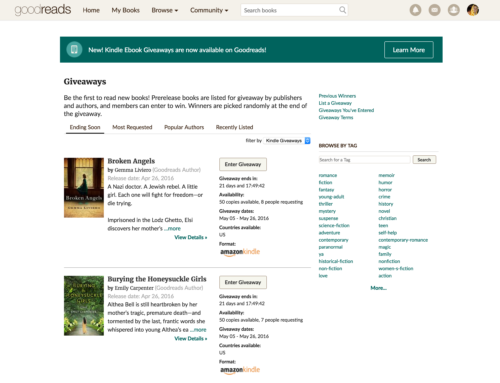
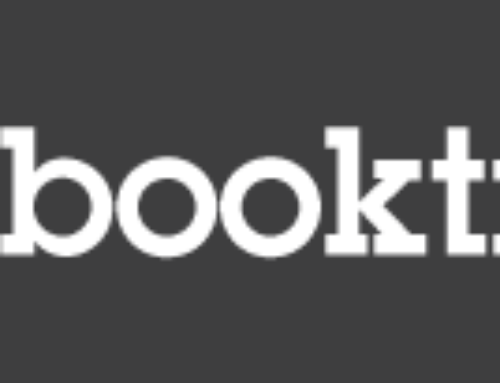
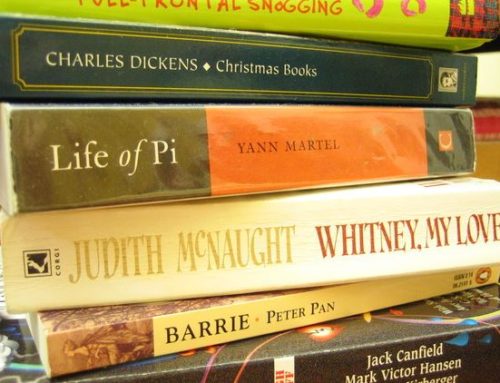
This device has been predicted and touted for about 15 years now. The problem is that, to be used economically, the store has to wait until the book is ordered…and the customer has to wait. If there’s a line the customer has to wait a very long time. When the machine is idle it consumes resources such as power. This is the reason that POD went to an online solution; it allows thousands of books per day to be printed at a central location and shipped economically. The conclusion I heard from bookstore professionals when I did a story on this for Advanced Imaging was that mechanical problems (it’s basically a fancy photocopier) and customer impatience would make it more trouble than it was worth. Also the cost of the book and the margins therefrom would be lower than conventionally printed products.